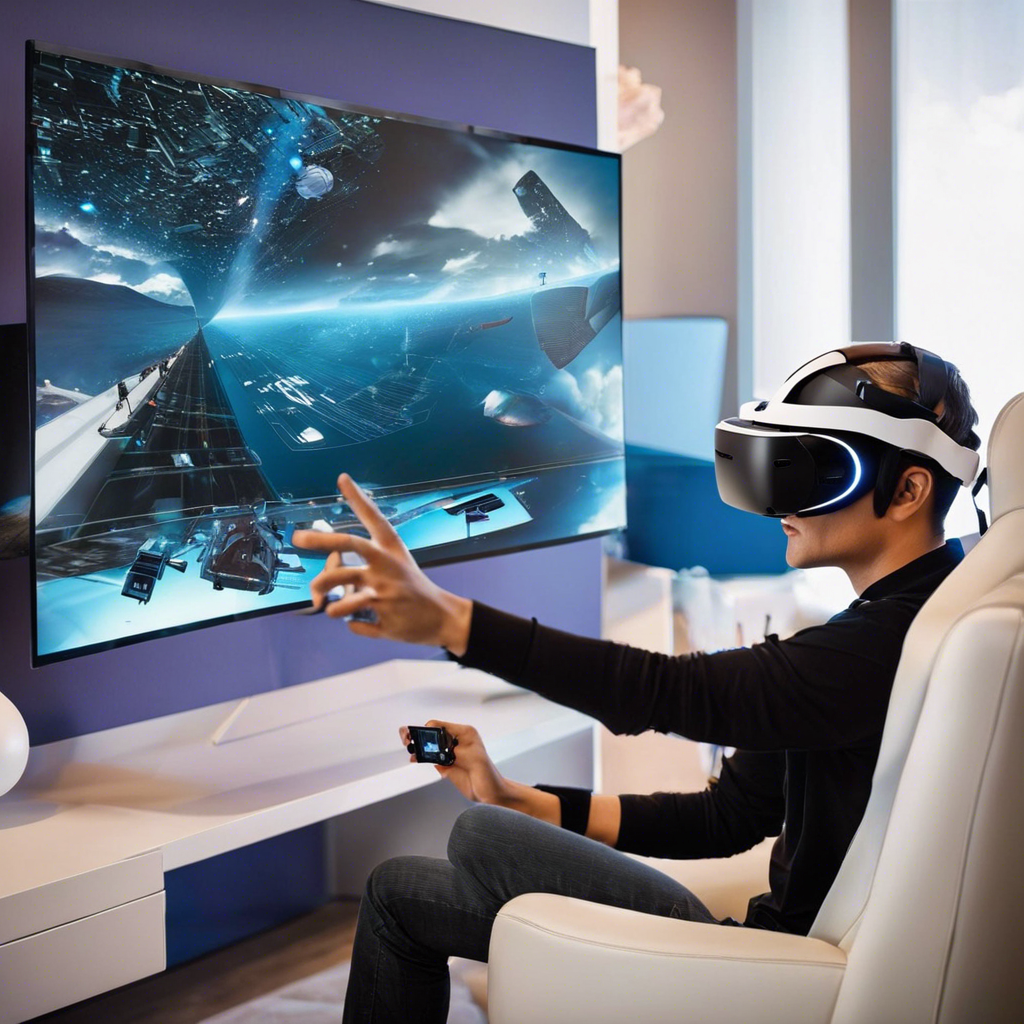Virtual reality technology has come a long way in recent years and is now at a point where immersive experiences are widely accessible to mainstream consumers. Headsets like the Oculus Quest and HTC Vive Focus have made high-end VR more affordable and untethered, freeing users from being physically connected to an external computer.
The rise of 5G networks will enable new types of connected experiences and real-time interactions in virtual worlds. With less latency and faster speeds, VR platforms will be able to offload more processing to the cloud, allowing for improved hand and full-body tracking, realistic avatars, and persistent virtual spaces that can be experienced by more people simultaneously.
Eye tracking and foveated rendering are poised to make VR more comfortable and visually stunning. By tracking a user’s eye movements and focal points, VR systems can determine what parts of the scene the person is actively looking at and concentrate computational resources on those areas. This makes experiences more visually rich while also improving performance.
The next generation of VR headsets will likely be more compact, comfortable and stylish as companies work to overcome the bulky and isolating designs of current models. Future headsets may look more like a stylish pair of glasses or goggles, using waveguide displays or holographic optics to achieve a sleeker form factor with a wider field of view.
Advances in haptics and tactile interfaces will make virtual interactions feel more natural and immersive. Systems that can simulate pressure, texture, heat and resistance will enable new types of experiences, especially for training simulations, remote surgery, virtual tourism and more. Companies are working on haptic gloves, suits, and chairs with hundreds of points of tactile feedback.
Artificial intelligence will help power interactive characters and virtual assistants in VR. AI can enable sophisticated conversations, personalized interactions and dynamic responses from virtual characters. AI may also help generate and populate virtual worlds with interactive content, scenery and non-player characters.
There are many exciting possibilities on the horizon for virtual reality. While the technology still has a way to go to achieve the science fiction visions of The Matrix or Ready Player One, continued progress is happening rapidly. The coming years will likely see VR become more immersive, social, and ubiquitous in its applications. The future of virtual reality is a compelling one, and it’s only just beginning.
